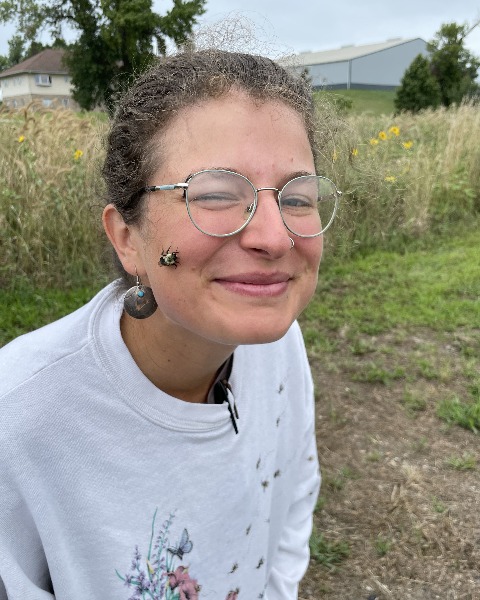Poster Display
Systematics, Evolution, and Biodiversity
Poster: SysEB, Behavior, Ecology, and Conservation
Understanding temporal variation of trap nest community composition in Boyce, Virginia
Tuesday, November 11, 2025
9:00 AM - 5:00 PM Pacific
Location: Exhibit Hall A-A1, OCC

Willow Lovecky (she/her/hers)
PhD Student
University of Virginia
Charlottesville, Virginia- TR
T'ai Roulston
University of Virginia
Boyce, Virginia
Presenting Author(s)
Co-Author(s)
Trap nests are artificial structures commonly used to monitor cavity nesting bee and wasp species. They are left in the field for a period of time – depending on the study species’ life history and the questions that are being explored – and then collected at the end of the season. They are used as a passive sampling method that can collect information about the population dynamics of specific species or even explore community composition at a larger scale. While this tool can provide invaluable insight, there is little known about the turnover of occupancy and what may be missed over the course of a season. Additionally, this could change depending on the time of year the trap nests are placed and collected, and the number of generations a given species produces in a season. To explore this knowledge gap, 110 trap nests were placed at Blandy Experimental Farm in Boyce, Virginia during the summer of 2024. Weekly observations were done through plexiglass to document nesting period, emergence, and reoccupation. Representatives from each nest were collected to identify nest species. Megachilidae, Sphecidae, Crabronidae, and Vespidae were all observed in the trap nests. We observed reoccupation occurred after bivoltine species completed their first generation. Reoccupation occurred up to three times over the course of the summer. Second generations of Sphecidae and Vespidae renested and overwintered. Additionally, evidence of previous nesters was undetectable. These data will help to improve our understanding of seasonal dynamics in cavity-nesting insect communities.
.png)
